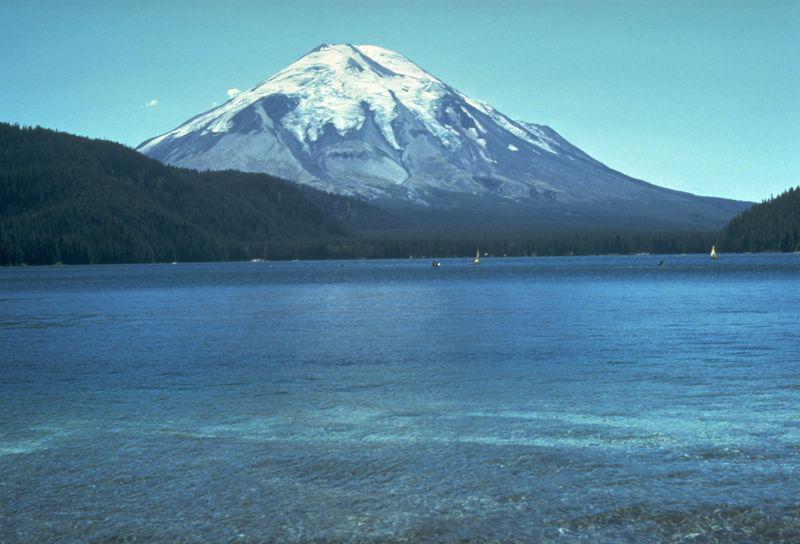Mount St. Helens – Fire Mountain
By | July 30, 2019
Mount St. Helens Before 1980 Eruption. Source: (Wikimedia Commons)
Mount St. Helens was a beautiful snow-capped mountain but its beauty was quite deceiving. Behind that beauty was a destructive force capable of massive destruction of people, property, and land. Mount St. Helens is located in the state of Washington and is part of what is called the Cascade Range of the Pacific Northwest. It once stood 8,364 feet before the year 1980.
Lewis and Clark Expedition. Source: (Wikimedia Commons)
In 1804, Lewis and Clark set out on an expedition called the “Corps of Discovery” commissioned by President Thomas Jefferson. They were to learn as much as they could about the area as they traveled. It was the hope of the president that their findings of the mountains, rivers, soil, vegetation, and animals as well as other particulars would be beneficial for the country. Mount St. Helens was just one of the mountains they came across. The other mountains were Mount Adams, Mount Hood, Mount Jefferson, and Mount Rainier. Although Lewis and Clark sent raving reviews to the president about Mount St. Helens, the Indians called it Fire Mountain. What did they know that Lewis and Clark did not?
The Ring of Fire. Source: (Wikipedia)
Mount St. Helens is included in what is known as the “Ring of Fire.” This area that expands 25,000 miles is shaped like a horseshoe and is highly active for volcanoes and earthquakes. What causes this activity is something called plate tectonics which is the movement and collision of the earth’s lithospheric (crust and upper mantle) plates. The Ring of Fire includes countries inside of the Andes, Central America, North America (Mexico and the U.S.), Canada, Russia, Japan, Philippines, Indonesia, New Zealand, and Antarctica.
Mushroom Cloud of Mount St. Helens Eruption. Source: (Commons Wikimedia)
On May 18, 1980, an earthquake of 5.1 magnitudes shook the beautiful Mount St. Helen causing it to rupture. This caused a huge rockslide with an avalanche of debris and ash as it released pressure from the volcano. People from 200 miles away could hear the roar of this volcano. In just three minutes, 230 square miles of land was leveled and 24 square miles of the valley was filled with debris. There was 540 tons of ash and pumice that went up 12 miles high. The river channels were filled with 200 million cubic yards of material through volcanic mudflows and 61 people were killed or never found. This was the deadliest volcano in the history of the United States.
Mount St. Helens Today. Source: (commons.wikimedia.org)
Now, Mount St. Helens has a huge empty crater inside of it altering the beauty it once held. Despite the massive destruction of the 1980 volcano, the earth almost immediately began to replenish itself. Regrowth has taken place with green grass, trees, and flowers restored to the area.
Mount St. Helens after 1980. Source: (commons.wikimedia.org)
Since 1479, Mount St. Helens has had four major volcano eruptions. Could there be a repeat of the 1980 event? Between the years 2004-2008, there were several eruptions with a build-up of lava on the crater. These were not severe but there has still been steam and ash seen from the mountain since that time. With more than 75% of the world’s most active volcanoes happening in the Ring of Fire, it is very possible that Mount St. Helens could once again become a destructive force.






